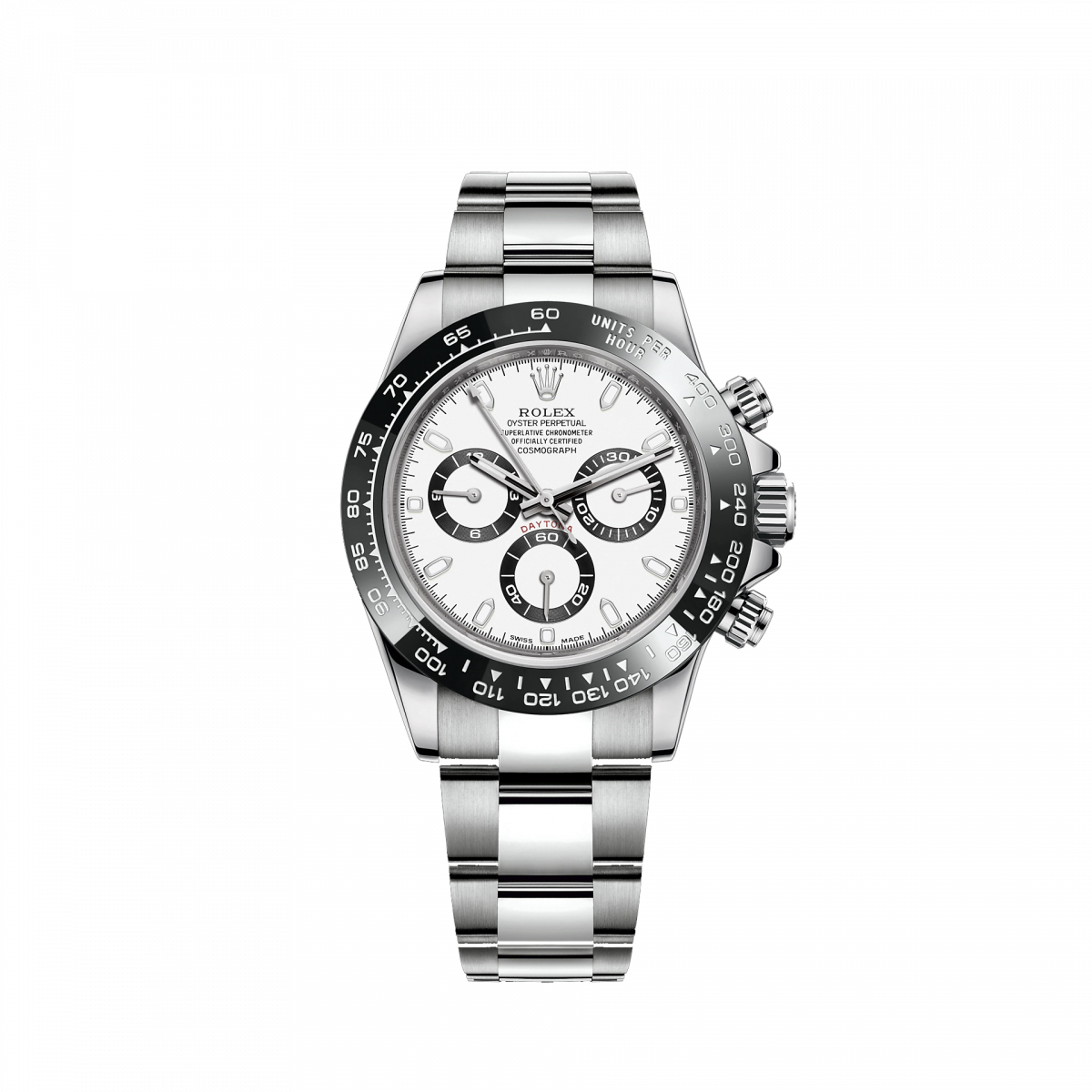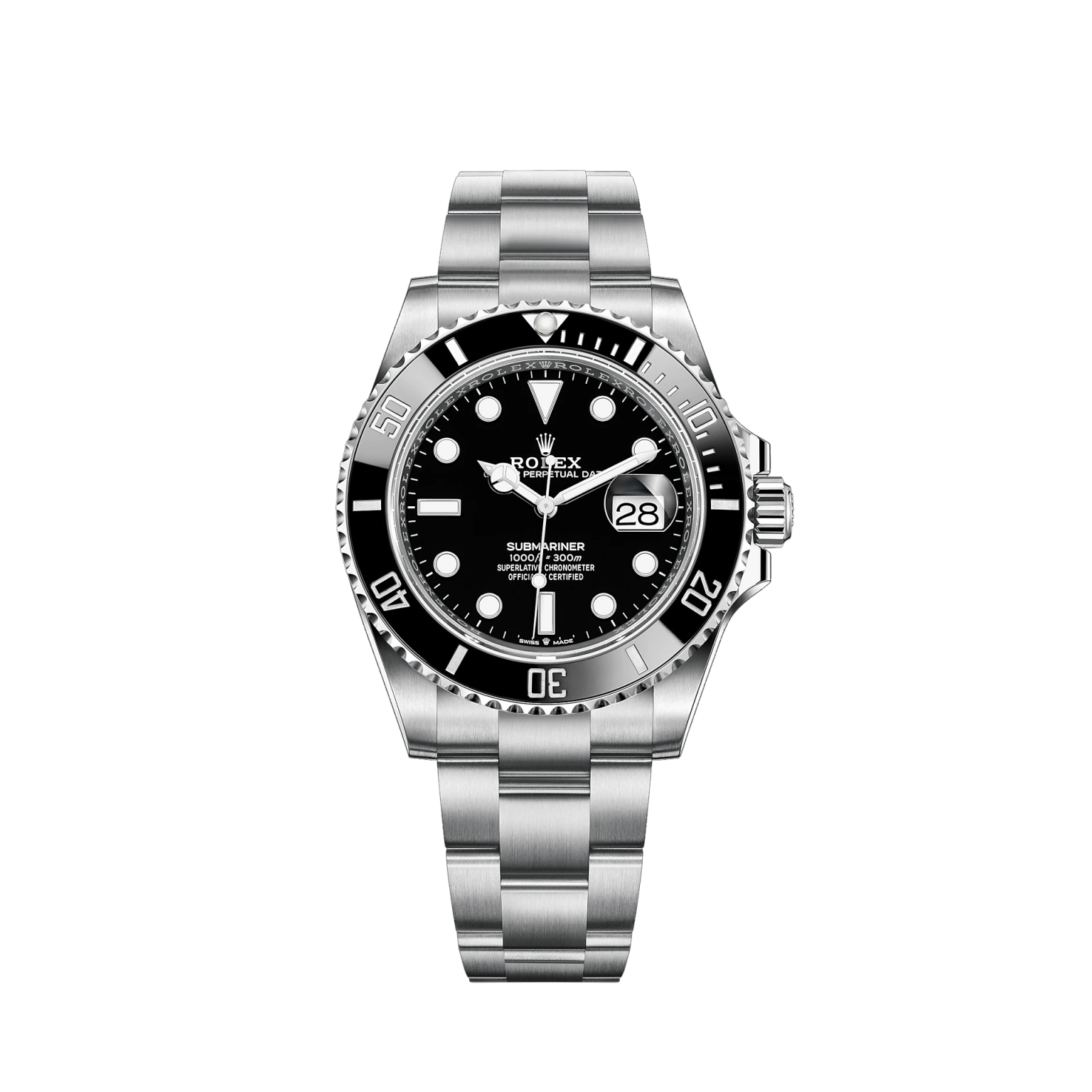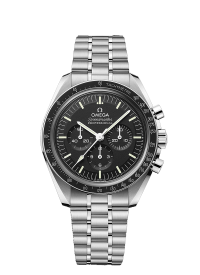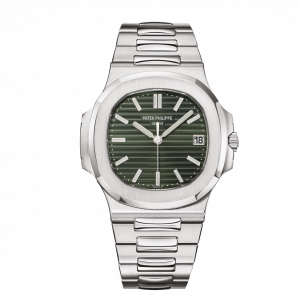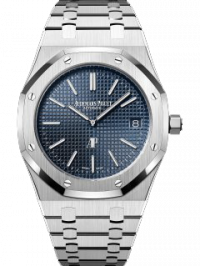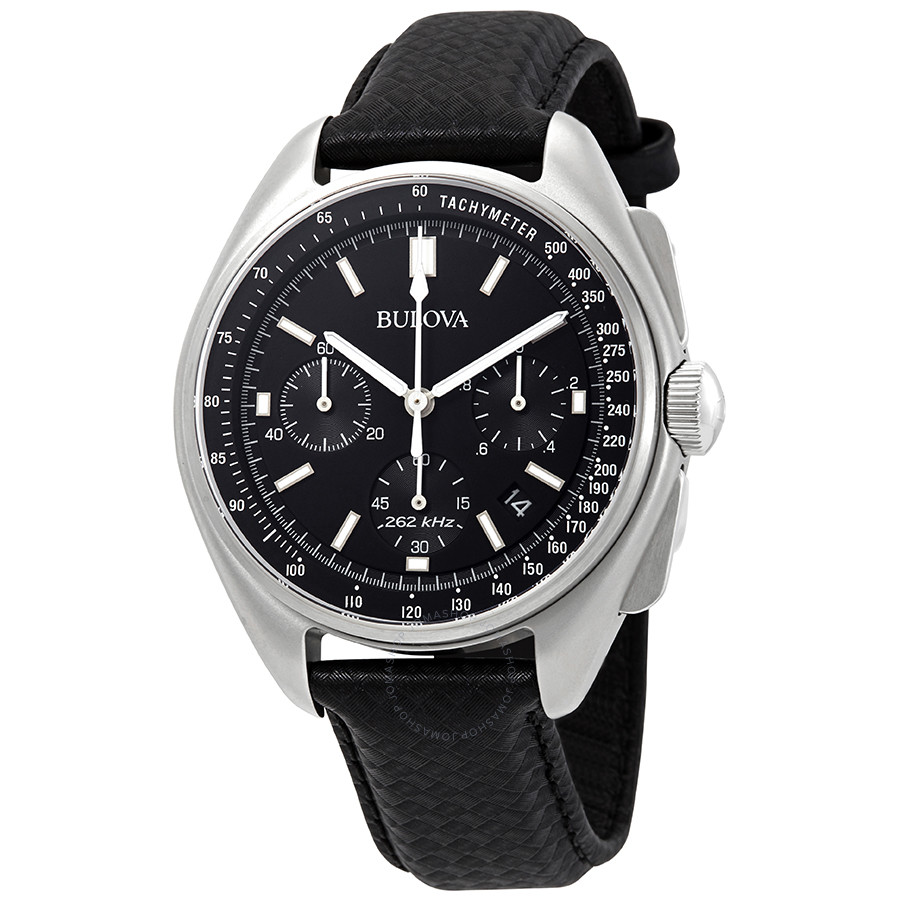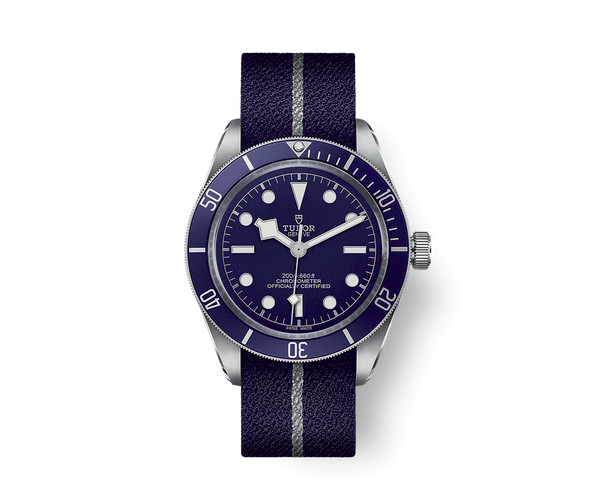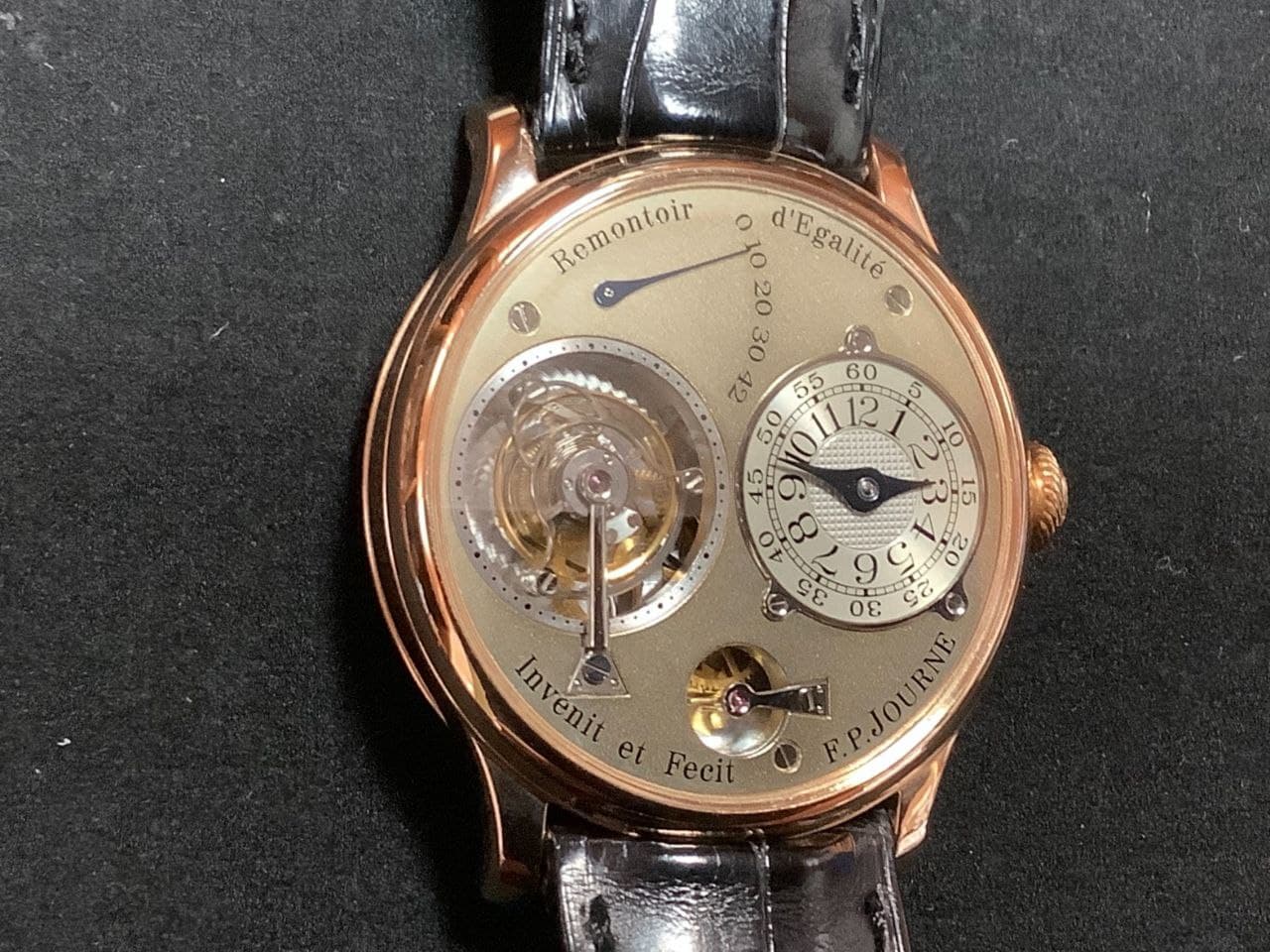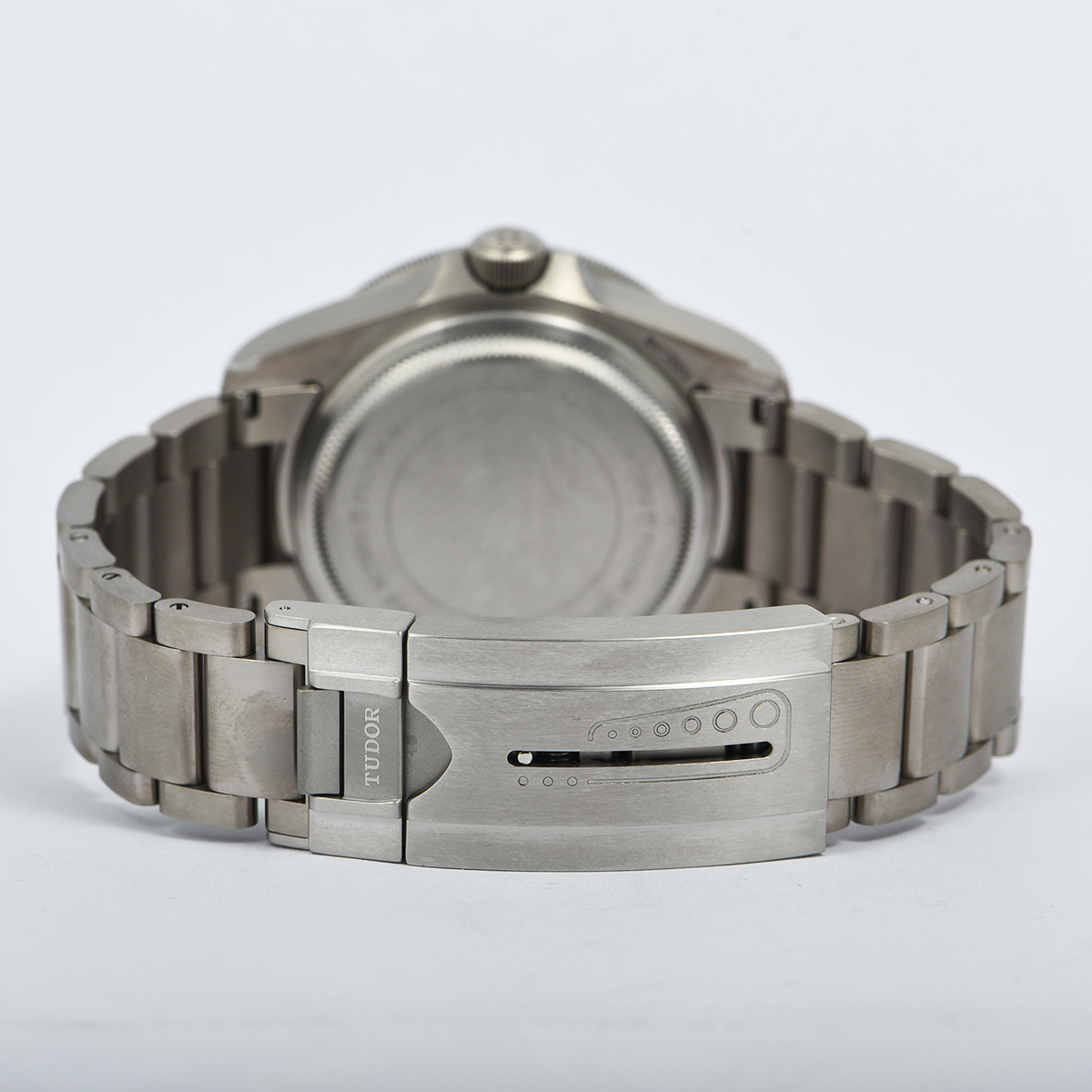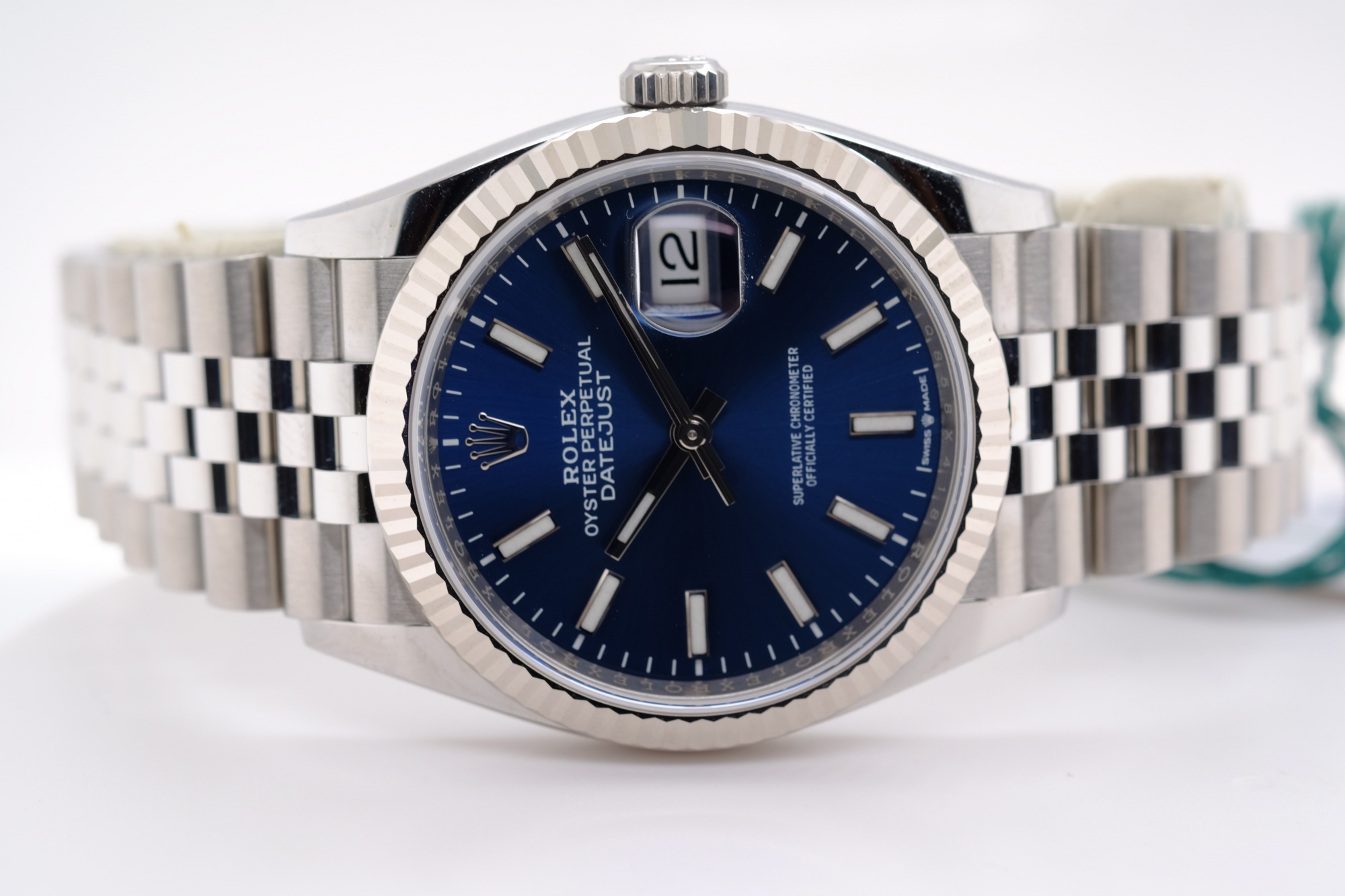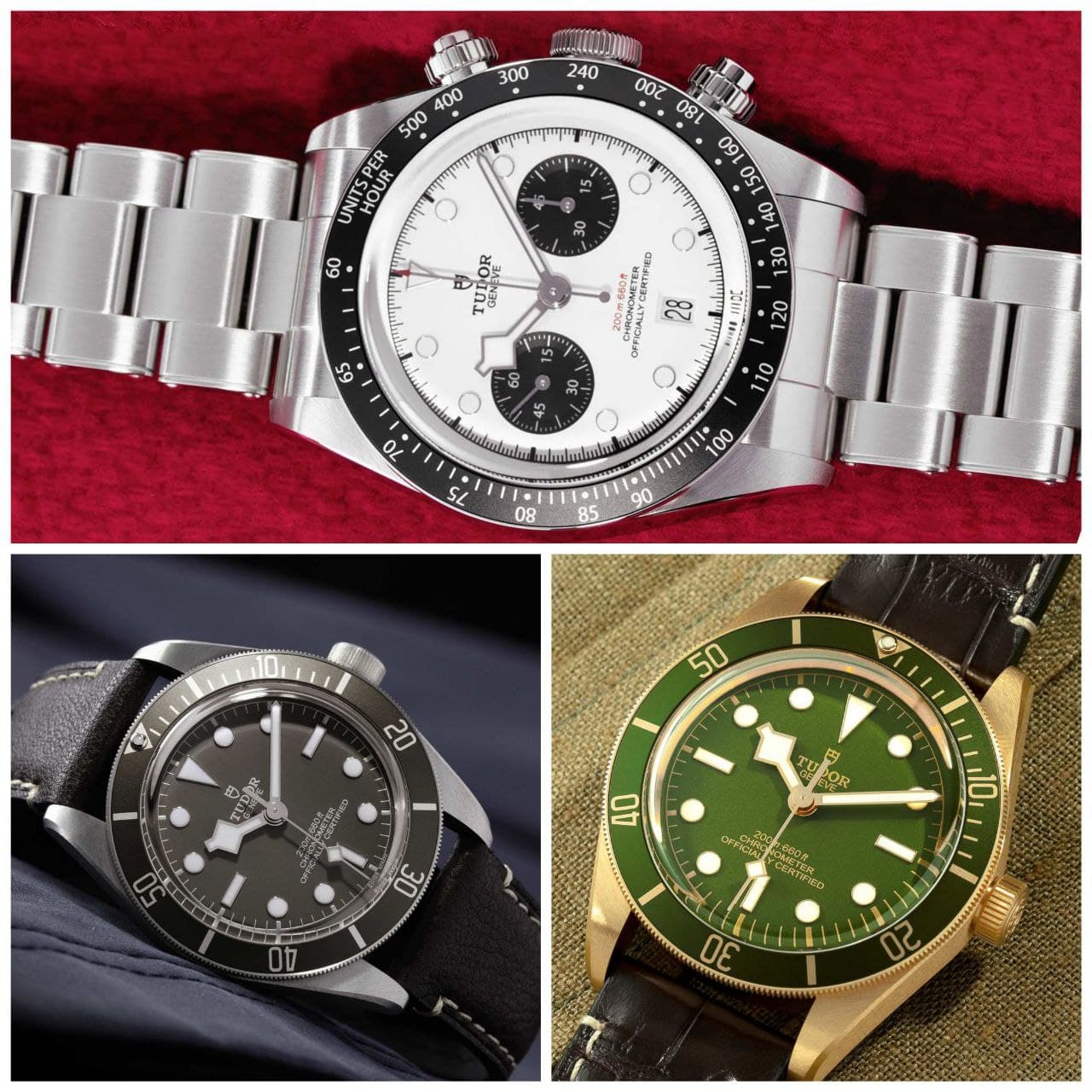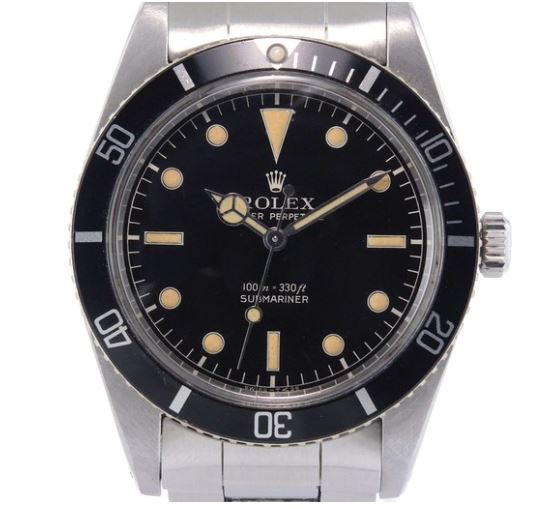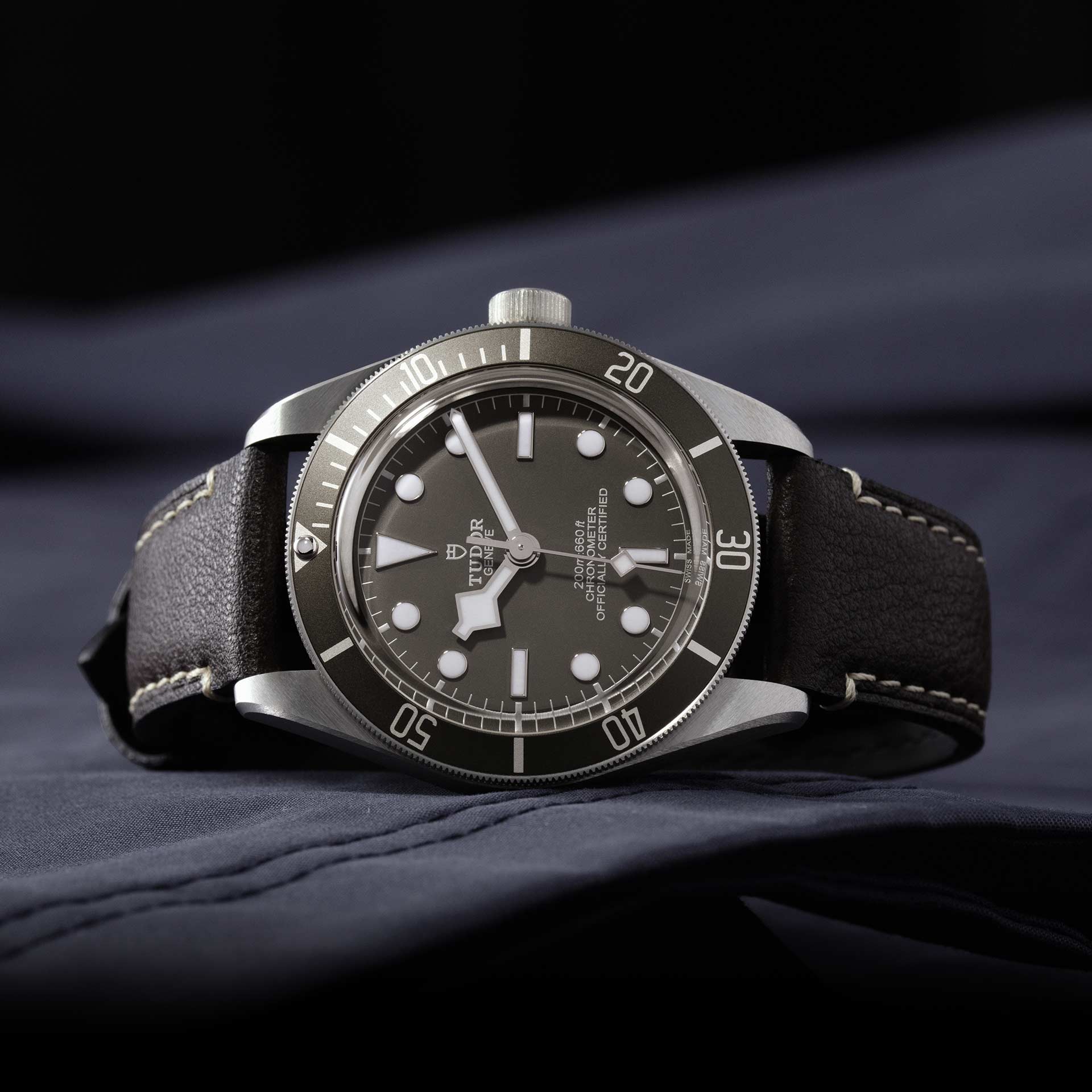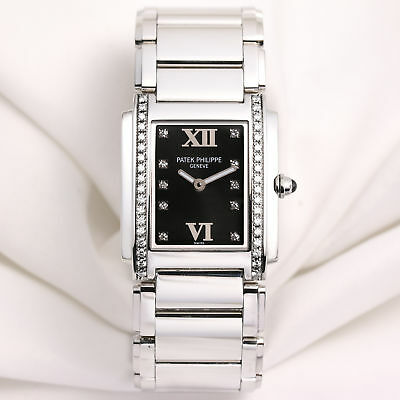Dr. N.
The barrel and the winding spring
A mechanical watch is, essentially, an instrument that releases elastic potential energy in a regular and controlled way, with the aim of operating indicators (spheres, or hands, if you like) able to move in sync with the passage of time.
In order for there to be the possibility of releasing energy, however, it must first be stored.
The function of the barrel, and of the winding spring placed in it, is precisely to supply the movement of the watch with the energy necessary for ticking.
How to wind a watch
By means of the winding crown, operated by the user, the barrel is rotated, accumulating in the spiral spring a twist sufficient to guarantee the correct operation of the movement. The same applies to an automatic winding watch, with the rotor which, oscillating thanks to the movements of the wrist, supplies energy to the winding spring. In the case of the self-winding watch, a precaution is necessary to prevent the continuous operation of the winding rotor from overloading the spring and causing it to break. This damage is avoided by providing the winding spring of the automatic watches with a rim designed to "jump" on the internal wall, suitably knurled, of the barrel, rather than fixing it to the barrel itself as it happens in manual winding watches. When the rotor brings the tension of the spring beyond a certain limit, this slide instead of tensing, so as to avoid damage and always maintain maximum charge.
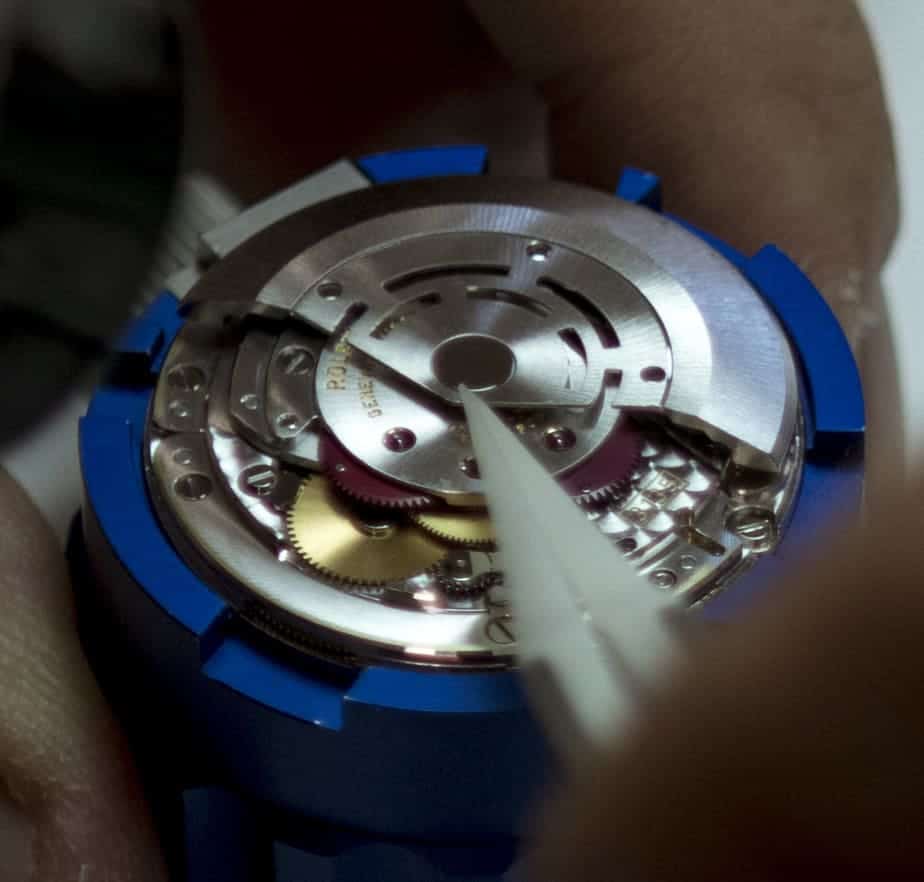
The spiral spring, about one meter long, is wound on itself until it enters a barrel with a diameter of a few millimeters: it is therefore natural that the turns touch each other, and for this an appropriate phase lubrication is necessary assembly as revision.
A longer mainspring will be able to store more potential elastic energy and, by releasing it, ensure greater operating autonomy - the power reserve - for the watch.
The limiting factor of the length of the spiral winding spring is given by the size of the barrel and the thickness of the spring. The larger the barrel, the longer the spring, having a certain thickness, which can enter it; the thinner the spring, the more windings of the same will go into a barrel of a given size. On the other hand, a barrel cannot exceed the dimensions required by the space available in the case, having to coexist with the escapement and the gears, nor can a spring be too thin, risking to break.
It should also be considered that the charging spring in the barrel is never completely discharged, nor brought to the maximum sustainable tension. To ensure constant torque delivery, necessary for regular operation of the watch, the spring is expected to stretch within a well-defined voltage range, such that the energy released when the watch is fully charged does not differ too much from that released with watch almost empty.
With the limitations mentioned above, it is not surprising that the majority of mechanical watches have a power reserve of around thirty-six hours. This duration is ideal in daily use. Especially the manual winding watches, which are usually loaded in the evening, before going to sleep, benefit from an autonomy such that, if you forget to load them by going to bed, you can still wind them the next morning, once awake, without losing the indication of the time.
Watchmaking has found many different ways to increase the autonomy of watches. If it is true that the problem is less felt with an automatic winding, which does not need to introduce energy by rotating the crown since it is supplied by the movement of the wrist carried by the rotor, it is also true that the manual winding watches still represent objects of undoubted charm, in which the man-machine connection is more direct than in the automatic ones. The research in the watch field therefore has not stopped, and has found several solutions to increase the running autonomy of wrist watches.
The first, and simpler, method of increasing the power reserve is to use a longer spring inside a larger barrel. It is a solution that can be applied only where there is ample space in the case, because otherwise inserting a larger component would inevitably entail the necessary reduction in the diameter, for example, of the balance wheel, with negative consequences on the running precision . Pocket watches, which have abundant diameters, can apply this solution without difficulty, but in wrist watches other paths have to be followed.
A solution widely practiced in the past has been to reduce the number of pulsations per hour, that is to "slow down" the movement of the balance. This reduces the energy demand of the movement, making it possible to obtain more hours of operation for the same amount of energy contained in the charging spring. The downside is that the accuracy of the watch decreases.
When a single barrel is no longer enough
A brilliant solution was found in the sixties by the Favre-Leuba company, which introduced the first movement with a double barrel. The presence of two barrels connected together allows you to charge the watch in a normal way. The greater power reserve - reached as many as fifty hours - was guaranteed not only by the presence of two charge springs, but also by the fact that each of them, having to withstand an effort less than that of a single spring, could be made with thicknesses lower, allowing a greater number of windings and consequently a greater length than would have been obtained with a spring of conventional thickness.
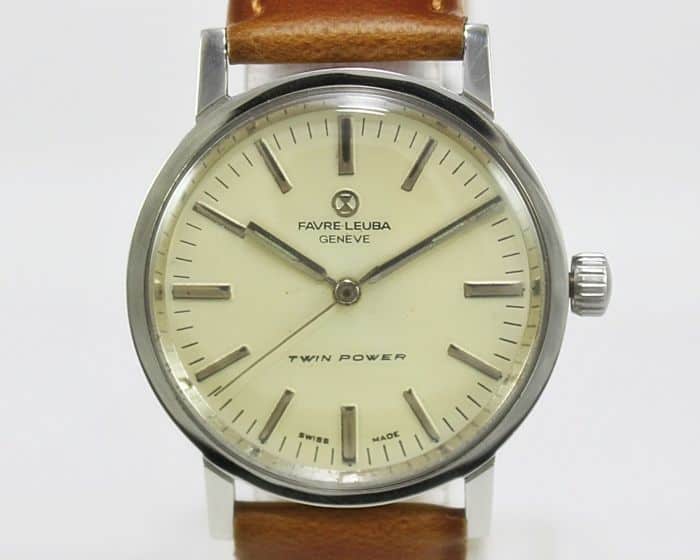
The Favre-Leuba idea was successful even outside Switzerland: in the seventies, the Soviet watchmaker Slava - a name that means "Glory" in Russian - was commissioned to create a watch with greater autonomy and precision than the rest of Russian watchmaking production. The result is the Slava 2414 movement, which takes up and innovates the double charging barrel solution, combining it with an indirectly operated minute sphere. These two choices allow you to free up space for a large diameter rocker arm, which needs a lower oscillation frequency to maintain running precision. This movement is proposed in numerous versions, including that of the photo below, called 2428, equipped with a date and time indicator.
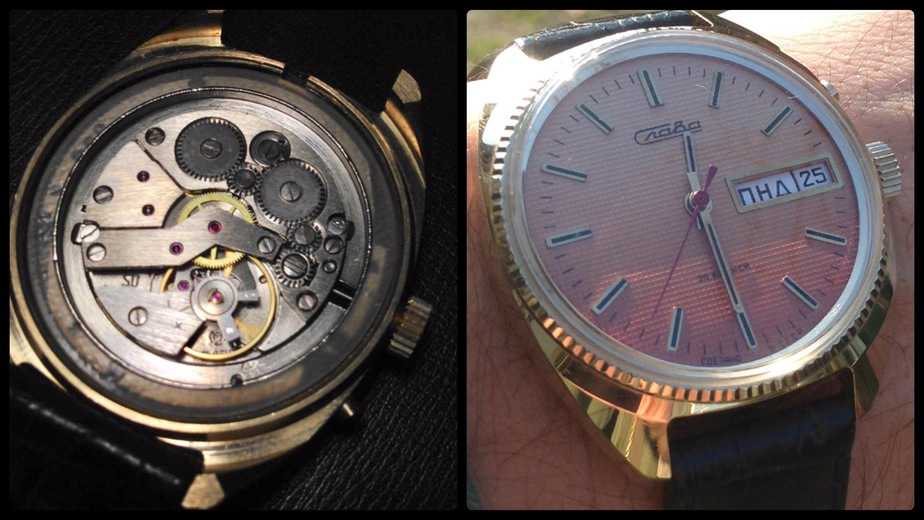
The quartz crisis of the seventies, followed by the emergence of low-cost automatic movements, meant that the search for maximum autonomy had to wait for our days to return to interest the watchmakers.
An example of the revival of long-range manual movements is the Panerai P2002 movement, presented at the beginning of this century and equipped with three barrels, which allow a power reserve of eight days.
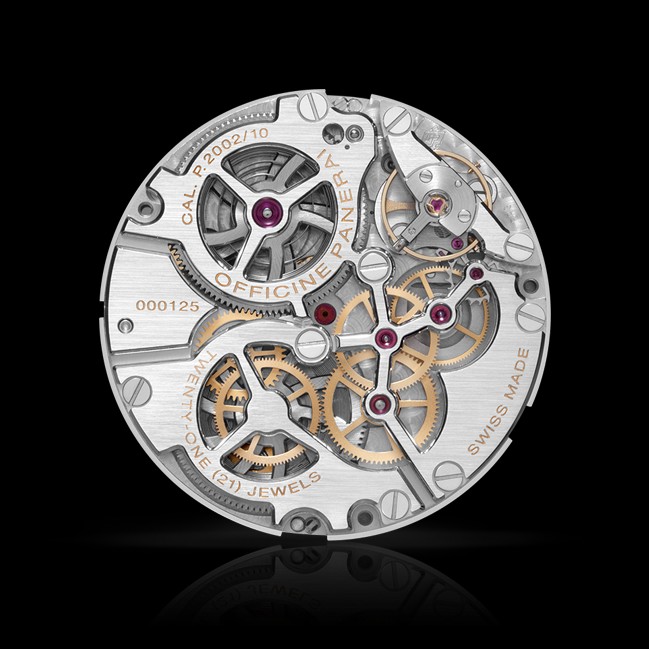
The most extreme example of the renewed quest for maximum autonomy in a manually wound timepiece is an object that boasts a power reserve of fifty days, the Hublot MP-05 “LaFerrari”. This instrument, equipped with no less than eleven barrels - and a special tool for reloading them - is proof of how even nowadays manual winding is anything but outdated.


